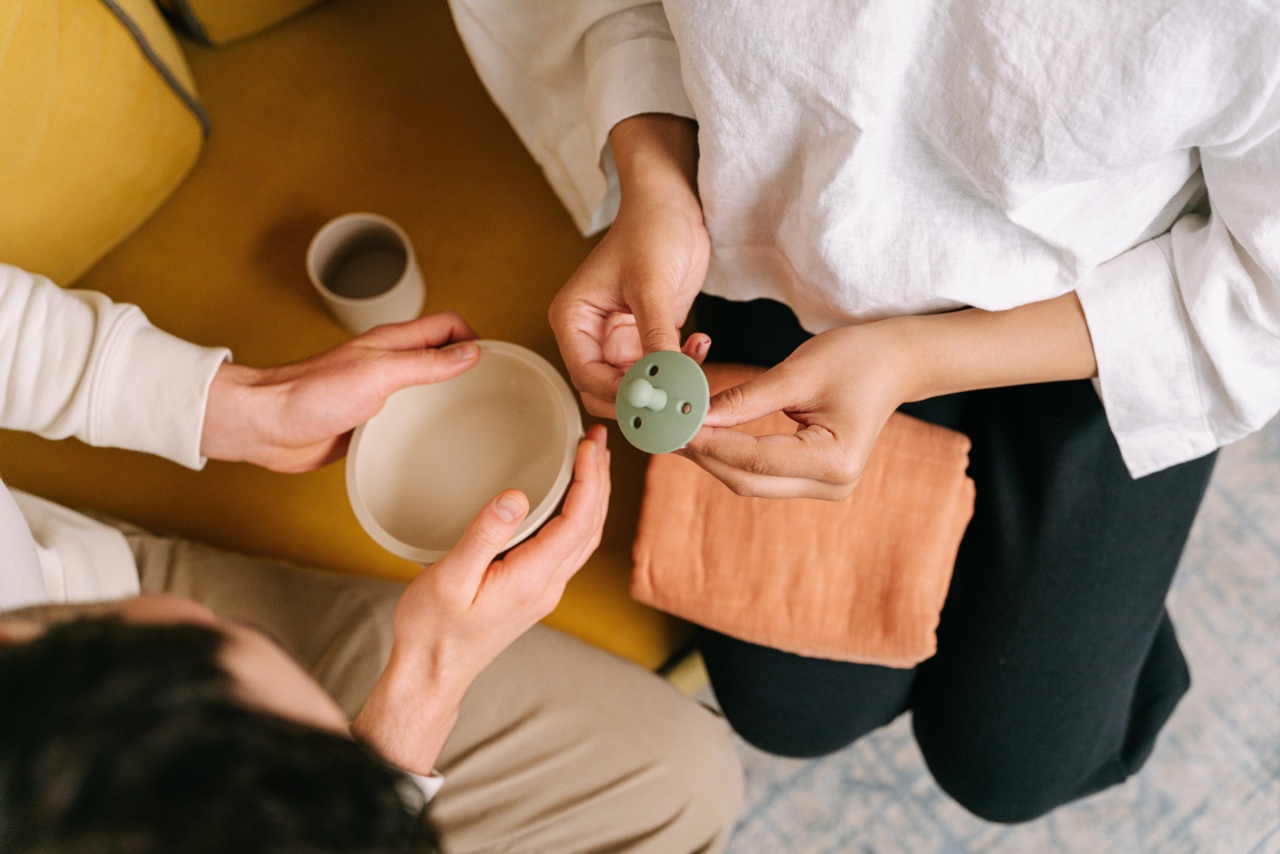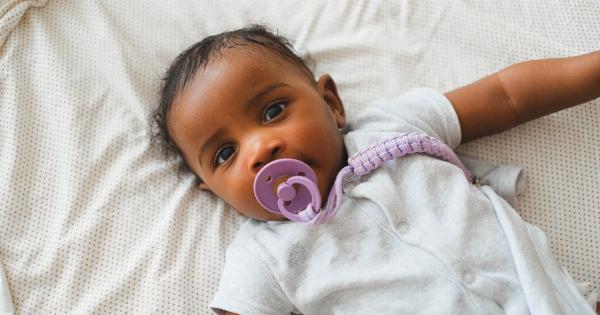Pacifiers, also known as soothers or dummies, are given to babies to comfort them and soothe their fussiness. It’s a common parenting practice that has been around for decades.
However, pacifiers can also become a habit for babies and toddlers, making them depend on it for sleep or comfort. Getting rid of the pacifier can be a challenging process for parents, especially when it has become a habit for their children. In this article, we will provide a guide on how to end your child’s pacifier dependence.
When to Stop Using Pacifier?
The American Dental Association (ADA) recommends that children stop using pacifiers by age two. According to the ADA, pacifier use after the age of two can cause dental problems, including misaligned teeth and bite problems.
However, it’s essential to note that every child is different, and some may be ready to give up their pacifier sooner than others. The decision to stop using the pacifier ultimately lies with the parents; however, it’s crucial to work towards ending pacifier dependence gradually.
The Importance of Weaning from Pacifier
It’s important to wean your child off the pacifier gradually. Abruptly taking away the pacifier can cause distress and anxiety in your child, making it harder for them to adjust to the change.
Gradually reducing the use of pacifiers can help ease your child’s transition and make the process less stressful for both you and your child.
Where to Start?
The first step in weaning your child from the pacifier is to start by reducing the time they use it. Begin by limiting pacifier use to specific times of the day, like bedtime and naptime, and gradually reducing its use from there.
This process can take several weeks to accomplish, and it’s essential to be patient and consistent with your efforts.
Cold Turkey Method
If your child is older than two years and still dependent on the pacifier, you may consider using the cold turkey method. This method involves stopping pacifier use abruptly, without any prior weaning.
It’s essential to note that this method can be challenging for your child, and you’re likely to encounter resistance and tears during the process. Hence, it’s crucial to be supportive and encouraging during the transition period.
Alternate Comfort Methods
As you move towards eliminating pacifier dependence, it’s essential to find alternative ways to comfort your child.
Introducing a transitional object like a soft blanket or a stuffed animal can provide comfort and reduce your child’s reliance on the pacifier. You can also try singing your child’s favorite lullaby, reading bedtime stories, or playing relaxing music to soothe your child as they transition away from their pacifier.
The Role of Positive Reinforcement
Positive reinforcement can be a great way to encourage your child during the pacifier-transition period.
Praising and rewarding your child for positive behavior, such as going to bed without the pacifier, can help motivate them and make the process more enjoyable. Small rewards, like stickers or praise, can go a long way in encouraging good habits and reducing dependence on the pacifier.
The Role of Your Pediatrician
Talking to your child’s pediatrician can be helpful during the weaning process. Your pediatrician can offer additional tips and suggestions to help make the process easier for you and your child.
They can also answer any questions or concerns you may have about the weaning process. Additionally, your pediatrician can offer advice and recommendations on how to care for your child’s teeth as they transition away from the pacifier.
Conclusion
Ending pacifier dependence can be challenging, but it’s an essential step in your child’s development. The process of weaning your child off the pacifier can take time, and it’s important to be patient and consistent in your efforts.
Gradually reducing the time your child uses the pacifier, introducing alternative comfort methods, and offering positive reinforcement can help make the process less stressful and more enjoyable for everyone involved. Remember to consult with your child’s pediatrician before starting the weaning process and seek their guidance and support along the way.


























